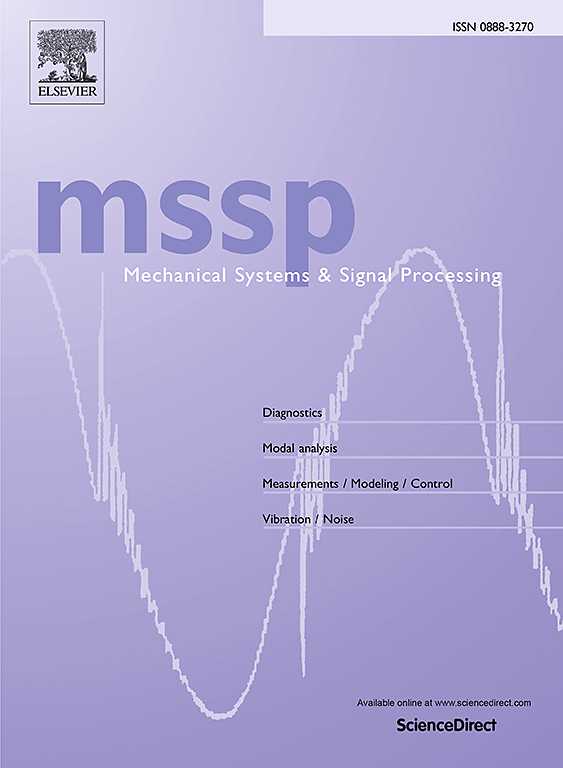On the influence of attributes for assessing similarity and sharing knowledge in heterogeneous populations of structures
IF 7.9
1区 工程技术
Q1 ENGINEERING, MECHANICAL
引用次数: 0
Abstract
The effectiveness of data-driven Structural Health Monitoring methods, which require dynamic response data from undamaged and damaged states within the same domain, is often hindered by the scarcity of data. The population-based approach to Structural Health Monitoring (PBSHM) aims to overcome this challenge by exploiting the transfer of damage-state knowledge across a population of structures via transfer-learning algorithms — specifically domain adaptation. However, meaningful inference through data sharing is possible only when the structures and their datasets are sufficiently similar. This study advances PBSHM by focusing on its two main phases: assessing structural similarity and developing effective transfer-learning strategies for heterogeneous populations. Furthermore, it explores the interdependence of these phases by addressing the role of structural attributes – such as material properties, geometry, and dimensions – in the performance of domain adaptation and similarity metrics. The proposed methodology employs Normal Condition Alignment (NCA) and Joint Distribution Adaptation (JDA) as domain-adaptation techniques across a population of laboratory-scale aircraft, considering tasks of increasing complexity. Additionally, the effect of material properties, geometry or dimensional differences in similarity assessment is investigated, comparing Graph Matching Networks and correlation-based distance metrics.
求助全文
约1分钟内获得全文
求助全文
来源期刊

Mechanical Systems and Signal Processing
工程技术-工程:机械
CiteScore
14.80
自引率
13.10%
发文量
1183
审稿时长
5.4 months
期刊介绍:
Journal Name: Mechanical Systems and Signal Processing (MSSP)
Interdisciplinary Focus:
Mechanical, Aerospace, and Civil Engineering
Purpose:Reporting scientific advancements of the highest quality
Arising from new techniques in sensing, instrumentation, signal processing, modelling, and control of dynamic systems
 求助内容:
求助内容: 应助结果提醒方式:
应助结果提醒方式:


